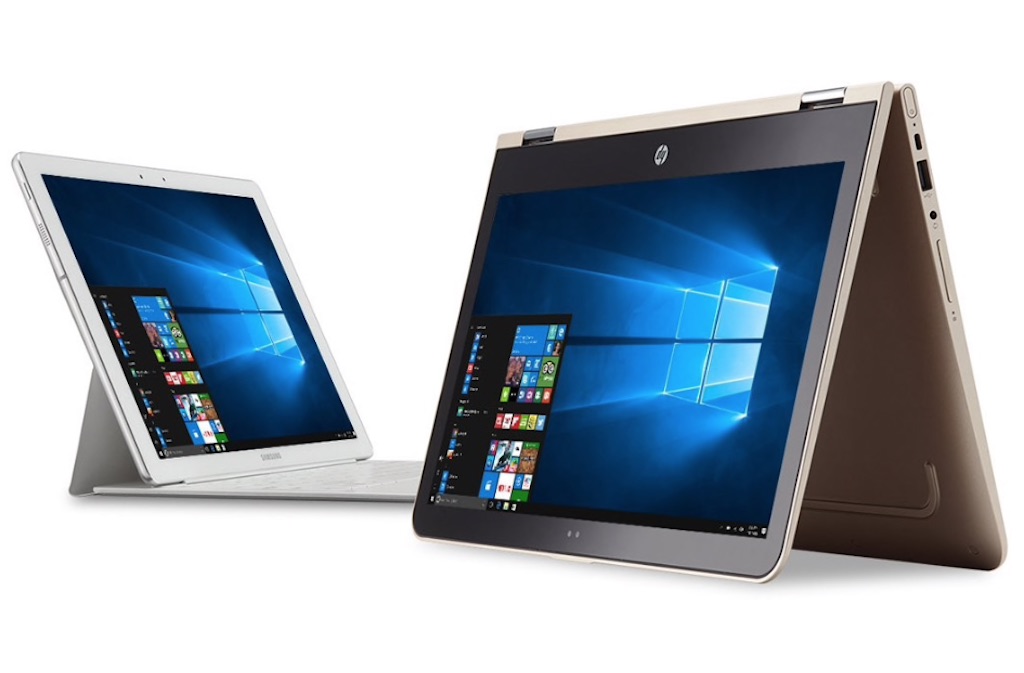
One of the great things about computers is that operating systems can be upgraded. Moving from an older version of the OS to the latest and greatest can make it feel as though you are using a new PC. Microsoft is officially ending all support for Windows 7 (you can read all the details here), and that means if your laptop or computer is currently running Windows 7, the clock is ticking. No more software updates, no more technical support and no more security updates. It’s time to move to Windows 10. That means paying for a new operating system, but does offer the benefit of new capabilities. Assuming your hardware is current enough to take advantage of everything Windows 10 offers …
That leaves millions of Windows 7 users asking the question: should I upgrade from Windows 7 to Windows 10, or buy a new computer?
There are really two approaches to answering this question. The first is whether the age and capabilities of your Windows 7 PC are good enough for it to be physically functional after a Windows 10 upgrade. The second is whether your Windows 7 PC hardware can support cool Windows 10 features like Cortana voice commands and Windows Inking—and whether you care about this.
 Will your computer support Windows 10?
Will your computer support Windows 10?
One of the great achievements of Windows 10 is that the minimum hardware requirements are remarkably modest.
According to Microsoft, your PC will require at least a 1GHz processor, 1GB of RAM (2GB for 64-bit Windows 10), 16GB to 32GB of free disk space, DirectX 9 or later with WDDM 1.0 driver graphics support and a display of 800 x 600 pixels.
If that sounds familiar, believe it or not, these are virtually the same minimum hardware requirements as Windows 7. An operating system that was released a decade ago!
However, technically being able to run an operating system is very different from it being a practical exercise. If you try to install and run Windows 10 on a PC with anything close to those minimum specs, I will guarantee it is going to be a frustrating experience. If you have an older computer with specs anything like those above, I would seriously recommend two upgrades before proceeding: install more RAM and replace your hard drive with a higher capacity version (ideally a speedy SSD).
RAM and storage are two things you will never have too much of. Boosting your RAM from minimum levels will let Windows 10 operate more effectively (and more quickly) and will let you have multiple applications and Windows open. Even an inexpensive SSD will likely give you more storage capacity than a Windows 7-era PC, while dramatically speeding up boot times and making the system snappier in general.
 Will your computer support all the cool stuff in Windows 10?
Will your computer support all the cool stuff in Windows 10?
I have to be a downer here, but the odds are very high that if you are using a PC that’s running Windows 7, that hardware is not going to support a lot of Windows 10’s best features—even if it is technically capable of running the new operating system.
Look at all the ways PC hardware has improved over the past decade and it makes sense. Cortana voice commands for example. Having Cortana integrated at the desktop level, always listening for voice commands is very cool. However, how many 10 year-old or even two or three year-old computers do you know of that are equipped with a far field microphone array? Sure you can still type in commands and questions, but you’re missing out. Want to stream a 4K video? Well, chances are that Windows 7 computer lacks 802.11ac Wi-Fi so the file will be buffering forever, and it’s certainly not going to have a GPU that can handle 4K video. Windows Inking? You’ll need a laptop with a multi-touch display, but unless it also has support for a pressure sensitive stylus, you’re missing out on the full capabilities. In a worst case scenario, you can use a mouse or trackpad to scribble onscreen, but that’s a very watered down version of the Windows 10 feature.
Unless you bought a new computer in the past year two and went to the trouble of downgrading it to Windows 7, your Windows 10 experience will be relatively basic.
The advantage(s) of simply replacing that Windows 7 PC
In many cases, it will make sense to simply replace your Windows 7 computer with a new one at this point. It’s probably getting long in the tooth in the first place, and you’ll find moving from a PC that’s five years old (or a decade or more) is a revelation. It’s an even bigger leap when you’re talking laptops. With new 2-in-1 form factors, virtually bezel-free Full HD or 4K touch displays and all-day battery life, laptops have progressed at an incredible rate. In fact, a basic laptop from 2019 will run circles around even a powerful desktop PC from a decade ago. Desktop or laptop there’s no arguing the best way to run Windows 10 and to take full advantage of its capabilities is on a new PC.

Even financially, it can make sense. If you’re faced with the prospect of purchasing a copy of Windows 10 OS, and very likely upgrading the RAM and storage, it could end up being close to a wash to simply buy a new PC with Windows 10 already installed …
Time is running out to make a decision
It’s never good to make a decision in a rush, and the decision to buy a new computer is no different. There’s potentially a fair bit of money involved after all, and there could be other issues to deal with (such as support for accessories and peripherals). However, that being said, time is literally running out. January 14, 2020 is the day that Microsoft officially cuts off Windows 7 support for good, and while your PC is not going to cease functioning on that day, it will immediately—and increasingly—be at risk of cyber attacks and malware.
The key to making the right decision is to avoid panic, and make sure you are informed. So check out the Best Buy blog for all the latest updates on the situation (this Windows 7 post will be updated as new information comes to light), and if you’re not sure what to do, consider reaching out to GeekSquad for help and advice. The last thing you want to be doing is scrambling for a solution on January 13 …



